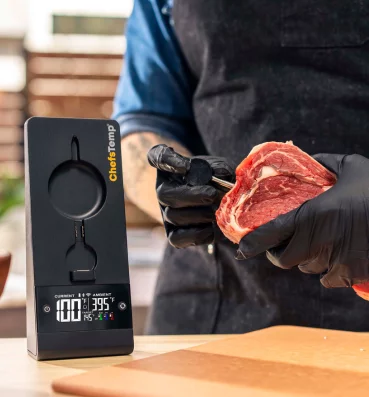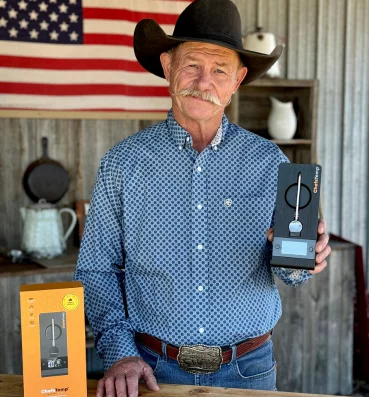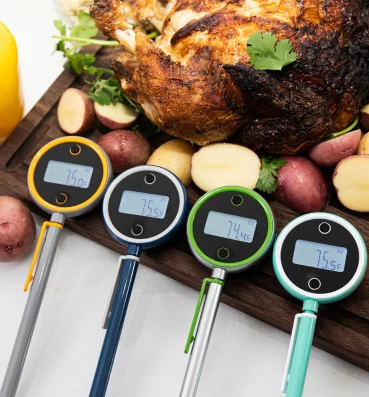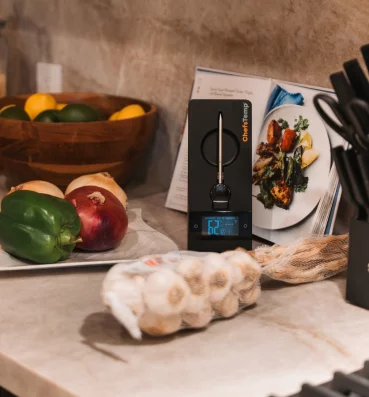Normally, the transmission range is the “best case” range assuming there are no physical barriers between the transmitter and the receiver and no interference from other radio signals. It would be impossible to print a specification that covered “normal” home-user conditions because of the infinitely variable circumstances under which a transmitting thermometer might be used.
Differences in home construction and wall composition is a good example. Concrete, masonry, aluminium siding, metal studs, and metal lathe underneath stucco or masonry are all good inhibitors of radio signals. Interference from other radio signals is also variable (microwaves, cell phones, radio communications, networks, etc.), so the only reliable way to compare device specifications is to give a specification for maximum transmission distance under ideal conditions.
If you want to evaluate whether a manufacturer meets their literal “line of sight” distance claims you should test the device in a rural area with no physical barriers between the transmitter and receiver and little or no interference from other radio signals.
Remember that the more walls and the greater the radio interference the greater the negative impact on your actual transmission distance.








